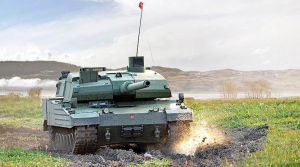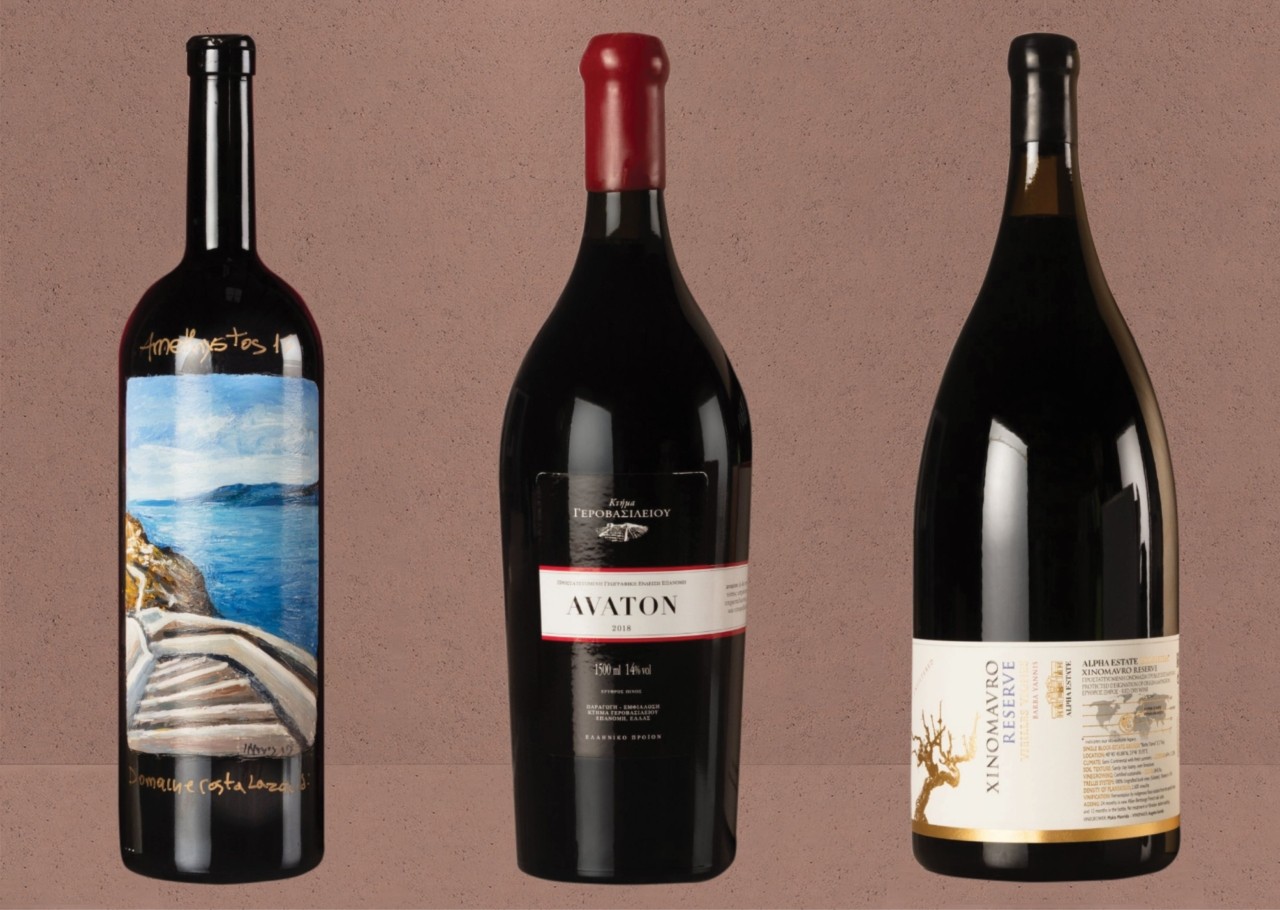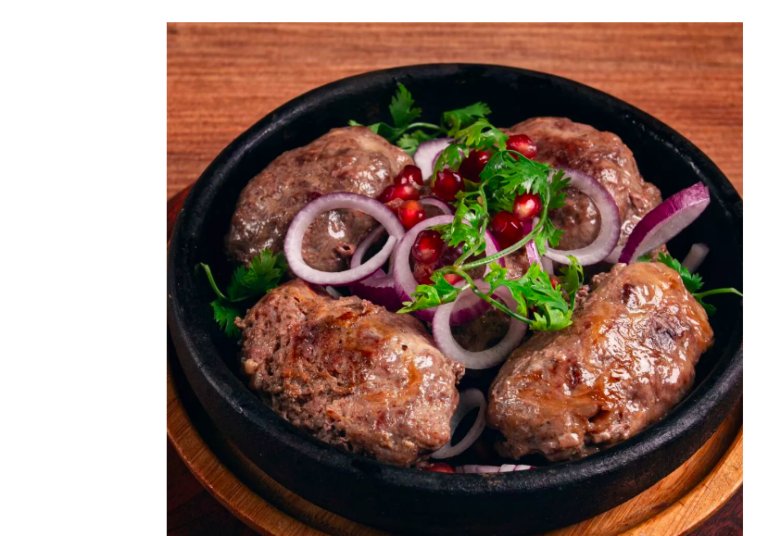Turkey has awarded a multibillion-dollar contract to domestic company British Motor Corporation (BMC) to mass-produce the Altay tank and develop the tank’s engine. The Undersecretariat for Defense Industries, or SSM, said it is now negotiating with the firm, owned by Turkish businessman Ethem Sancak, who is known to be close to President Recep Tayyip Erdogan. Sancak is also a member of the ruling Justice and Development Party’s executive council.
Two other companies were interested in the tender for Altay tank, which is actually an improved version of South Korea’s K2 Black Panther tank.
The first primary contractor candidate for the Altay project, initiated in 2007, was Koc Holding’s Otokar, but the SSM said it rejected that proposal in 2017 because of reservations about Otokar’s engine. There were allegations, however, that Koc Holding wasn’t chosen because of the company’s anti-government stance during 2013 protests. When news broke that BMC had been awarded the tender for the Altay, Otokar’s stock lost 6% of its value; it had spent about $500 million to develop the project.
The other company in the running was FSNN, a joint venture owned by Turkey’s Nurol Holding and London-based BAE Systems.
The Turkish army currently has the following quantities and types of tanks in its arsenal: 339 Leopard 2A4, 391 Leopard 1R, 170 M60 T, 619 M60A3 TTS, 752 M60 A3 and 758 M48A5T2. Turkey’s goal is to replace the older M48-series and M60-series tanks with the Altay.
According to SSM plans, production of the first batch of 250 Altay tanks will begin in 2019 and the first 15 tanks will be put into service in 2020, while 20 tanks are to be delivered in 2021. The total number of tanks Turkey will procure will be around 1,000, which will replace most of the old tanks in inventory. This major project will be spread over 20 years and will cost around $25 billion to $30 billion.
The goal is to ensure maximum participation by Turkish industries. ASELSAN Electronics will be the local subcontractor responsible for the subsystem and fire-control system. State-owned ammunition producer MKE will produce the main gun system, while Roketsan will develop and produce the armor package. Obviously Turkey’s defense industry companies are very excited about the prospects of the Altay tank. In general, Turkish companies are capable of manufacturing all the subsystems of the tank, with one exception: the engine.
Altay’s engine has always been the subject of speculation. An earlier attempt by Tumosan, owned by Albayrak Group, to build an engine for Altay under a $100 million contract fell through after a technical support deal with Austrian AVL List GmbH was canceled because of Austria’s arms embargo on Turkey.
Despite Berlin’s tense relations with Turkey, it looks like Germany will be involved in the Altay tank engine project. German newspapers have reported that BMC has entered a partnership in Ankara with Dusseldorf-based Rheinmetall Group and will build a joint engine factory in Adapazari in northwest Turkey.
Rheinmetall, which manufactures Leopard tanks, will support BMC’s production of the first 250 Altay tanks with the MTU Friedrichshafen 1,500-horsepower engines. It will also provide know-how for BMC to develop an 1,800-horsepower engine that will be used in subsequent production. Rheinmetall’s participation in the Altay project is seen by many as the best indicator that ties are normalizing between Germany and Turkey.
The Altay project has approached its mass production phase with no problems in procuring its systems, but the engine uncertainty prevails. Also, although Turkey’s defense industry will acquire significant experience in mass-producing the Altay tanks, it’s not clear if the project will be profitable over the long term.
According to some defense industry experts who spoke with Al-Monitor on condition of anonymity, the cost of a single Altay tank will be around $30 million, making it more expensive than the Russian T-90, US Abrams, German Leopard, British Challenger and South Korea’s K2 Black Panther tanks. Turkey has to find ways to export the Altay to lower its cost, and Ankara has already contacted Qatar, Pakistan and Malaysia as potential customers.
Turkey’s 20-year Altay venture very much resembles the “Made in India” Arjun tank saga. Development work on the Arjun tank began in 1974 and the first batch wasn’t delivered to the Indian military until 2004, after a three-decade-long, exhaustive and very costly development and procurement process. Arjun was seen as an indigenous Indian effort that fell short of the military’s expectations, many defense experts say.
Indeed, the Indian military acquired the Arjun in limited numbers and by no means did that tank replace the Russian-built T-72 or T-90, the mainstays of India’s armored formations. By the time the last T-90s roll out, India will end up operating more than 2,000 of those tanks. By contrast, its army employs only 124 Arjun tanks in just two of its 67 armored regiments.
Will the fate of Turkey’s main battle tank Altay be the same as India’s Arjun? The answer lies in solving the engine problem and whether Turkey can export the finished product. What is beyond dispute is that if Turkey’s army ends up being the sole buyer of the Altay tank, then the Turkish army’s armored personnel will be using the most expensive tank in the world.
Source: al-monitor
Ask me anything
Explore related questions





